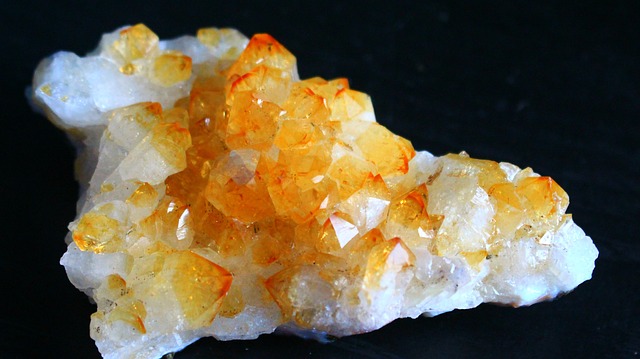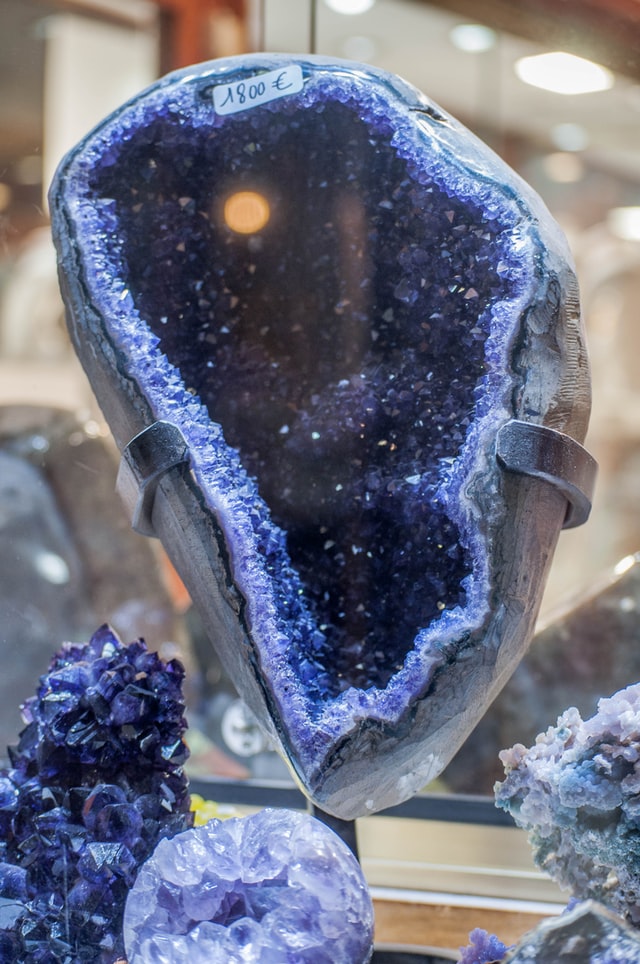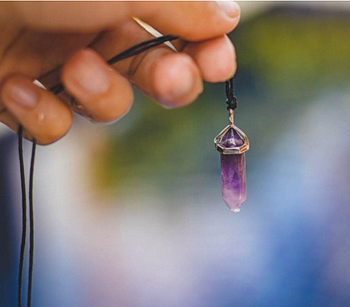
When it comes to gemstones, there’s a whole sea of them out there. Available in a vast range of colors, there’s one for everyone. While you may have heard of the more popular ones such as sapphire, ruby and emerald, there’s a lot more that are just as beautiful yet not as well-known. Some of these are so beautiful and have a high number on the Mohs scale too, but are unfortunately underrated.
However, some of them such as Tanzanite, are now gaining popularity and are up and coming. Here are 15 of the most underrated gemstones that will blow your mind!
1. Sunstone
This stone comes in the most beautiful warm shades of oranges and browns. It is a reflective stone and when light is shone on it it is super sparkly and looks like glitter. It is also considered to be the stone of good luck and is known to bring joy and happiness. They are definitely one of the most mesmerizing stones to look at and deserve way more attention than they normally get.
2. Zircon
Zircons are gorgeous beauties that look great on their own as well as when paired with other stones. They come in a wide array of colors ranging from yellows and greens to reds and browns. They also come in a clear color, which is one of its popular ones.
3. Peridot
This beautiful green stone is often one that goes unnoticed. It comes in an olive green hue and has a charm of its own. Ancient Egyptians considered it to be a stone that brought peace and harmony to those who wore it. Perfect when paired with other stones such as amethyst and quartz, peridot is definitely one of its kind.
4. Tanzanite
An old stone discovered in the ‘60s Tanzanite has only recently gained popularity. Many top-notch jewelry brands particularly Tiffany & Co have recognized it and it is now much in demand. This is because of its breathtaking shades of blue-ish purples. Just as the name suggests it is mined in Tanzania. It is popularly used as an engagement ring stone and is underrated although it is now up and coming.
5. Spinel
Often mistaken for rubies, spinel is available in the most stunning colors. Be it shades of pinks, purples, reds, blues, greens, browns, colorless and black, you name it! Its color is influenced by where it is mined and the minerals it has come into contact with during its creation.
6. Alexandrite
What makes this stone special is its color-changing ability. ‘Emerald by day, ruby by night’ is what it’s considered to be because of the way that it changes colors in the right. It is a unique and highly valuable gem that deserves a lot more attention.
7. Amber
It looks as delicious as it sounds! This age-old gemstone is known to bring with it wisdom and good luck. Its deep shades of reds and browns make it a stunning stone and it will definitely make some heads turn if worn as a jewelry piece.
8. Sodalite
This royal blue stone is just calming to look at. Because of its color, it is often mistaken for the Lapis lazuli. It is associated with bringing about emotional balance and boosting self-confidence. It would look great if worn as a necklace or even any other kind of piece of jewelry.
9. Paua Shell
A rare beauty, this stone is only found in New Zealand. It is also commonly referred to as the ‘sea opal’. This shell grows in the ocean and comes in the most beautiful shades of colors and patterns from greens and blues to purples and pinks. It is unique and would look super trendy if worn as jewelry.
10. Lolite
Violet in color, this stone is also referred to as the ‘water sapphire’. The stone appears to be different colors depending on the light and angle. It has a special sparkly effect when looked at in the sunlight. To add to that it is a much cheaper alternative as compared to sapphires and is known for its remarkable ability to balance one out.
11. Chrysoprase
Chrysoprase is a gorgeous stone that has a smooth texture yet is 7 on the Mohs scale of hardness, making it durable and great for everyday wear.This stone goes way back, the Egyptians, Greeks and Romans loved using this stone in their jewelry. It’s stunning color is unique and would look great if worn as a ring.
12. Jadeite
The more valuable variety of the jade stone, Jadeite is intensely green in color. It is an old and extremely valuable gemstone in many legends. The vibrant green gives it a special edge and makes it look funky and trendy.
13. Larimar
Famously referred to as the ‘stone of the sea’, this stone is extremely rare and is only found in the Dominican Republic. Light blue in color just like the sea, the stone was only available to locals for the longest time until it was finally mined. It is an intriguing shade of blue that would make for a great jewelry piece.
14. Garnet
Also the birthstone for January, Garnet is a stunning red stone that comes in other colors too such as greens, oranges, pinks and purples. Over 5000 years old, this stone has been used in jewelry for a long time. Even though its color is exquisite, it is still not as famous as Ruby’s and other stones and therefore is underrated.
15. Aventurine
This green stone is a variety of quartz. It contains gorgeous dots of shiny particles and has a glittery feel to it because of its metallic nature. It is known to attract good luck, wealth and opportunity and would look stunning if used in jewelry designs.
Each of these 15 gemstones is extremely unique and has its own beauty. They are definitely underrated and deserve a lot more attention. We would strongly suggest trying them out the next time you go stone shopping, instead of buying your usual ones!

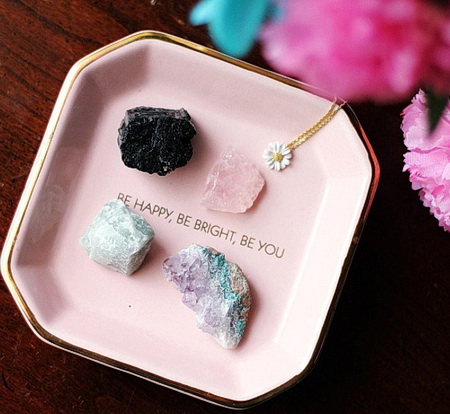 Tourmaline is a stunning semi-precious gemstone that is known for its versatility. Due to the wide variety of tourmaline jewelry styles and colors, it can be quite challenging to make the best buy.
Tourmaline is a stunning semi-precious gemstone that is known for its versatility. Due to the wide variety of tourmaline jewelry styles and colors, it can be quite challenging to make the best buy. 
 Getting engaged to the love of one’s life is a magical moment. While the promise and excitement of spending the rest of your life with your soulmate is the most delightful aspect of an engagement, the jewel used to mark the occasion also holds much prominence.
Getting engaged to the love of one’s life is a magical moment. While the promise and excitement of spending the rest of your life with your soulmate is the most delightful aspect of an engagement, the jewel used to mark the occasion also holds much prominence.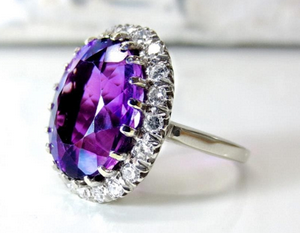 In case you didn’t know it already, the stunning ruby stone is just as precious as a blinding diamond. Diamonds are considered desirable because they are widely known as the most precious gem in the world, but that’s not true. That said, of course, diamonds are as classy as they come, but other precious stones are no less elegant.
In case you didn’t know it already, the stunning ruby stone is just as precious as a blinding diamond. Diamonds are considered desirable because they are widely known as the most precious gem in the world, but that’s not true. That said, of course, diamonds are as classy as they come, but other precious stones are no less elegant.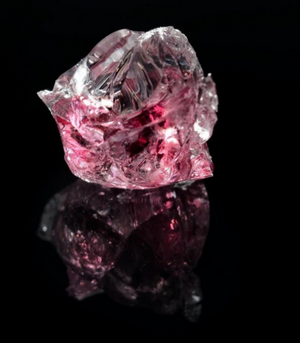 Rubies are not expensive without reason! They cost so much because they are unbelievably rare and super long-lasting. A genuine ruby stone is durable enough to last a lifetime. And that is why it’s a wise choice for an engagement ring because it will show your willingness to have a lifelong relationship.
Rubies are not expensive without reason! They cost so much because they are unbelievably rare and super long-lasting. A genuine ruby stone is durable enough to last a lifetime. And that is why it’s a wise choice for an engagement ring because it will show your willingness to have a lifelong relationship.
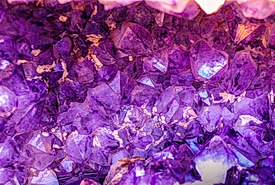
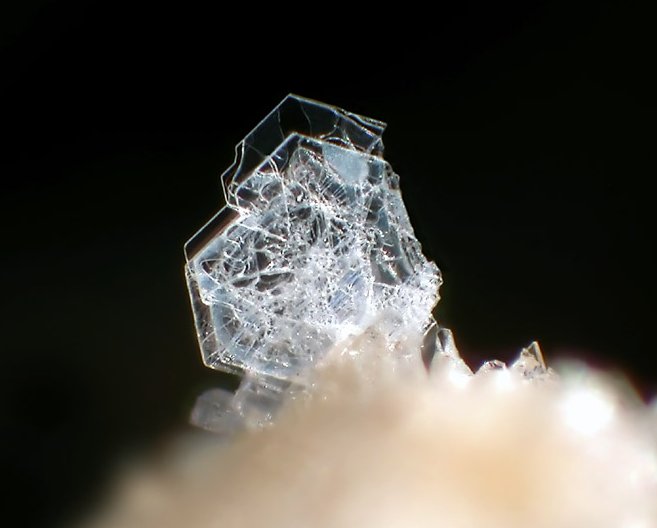
 When it comes to presents, gemstones are always a great choice for your special someone. They are beautiful pieces that can be kept forever. Not only will they light up your loved one’s day, but you will also show them just how much she means to you.
When it comes to presents, gemstones are always a great choice for your special someone. They are beautiful pieces that can be kept forever. Not only will they light up your loved one’s day, but you will also show them just how much she means to you. 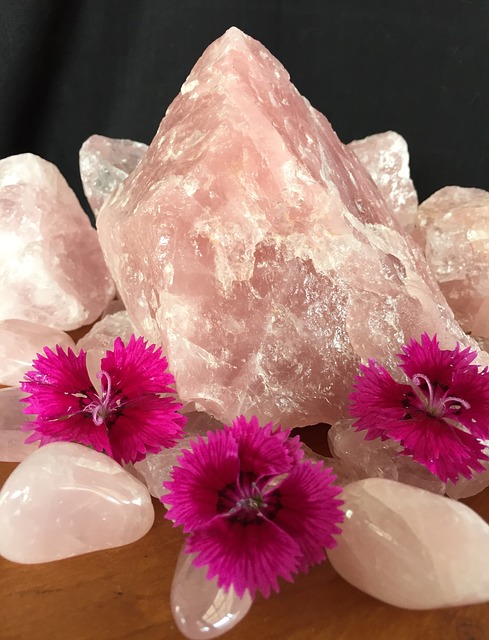
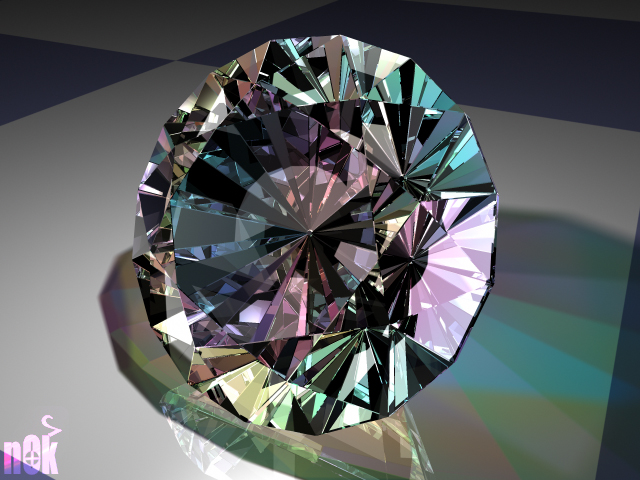
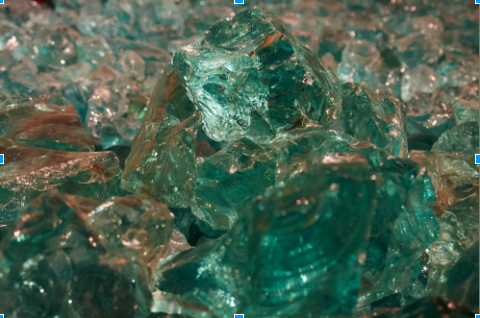
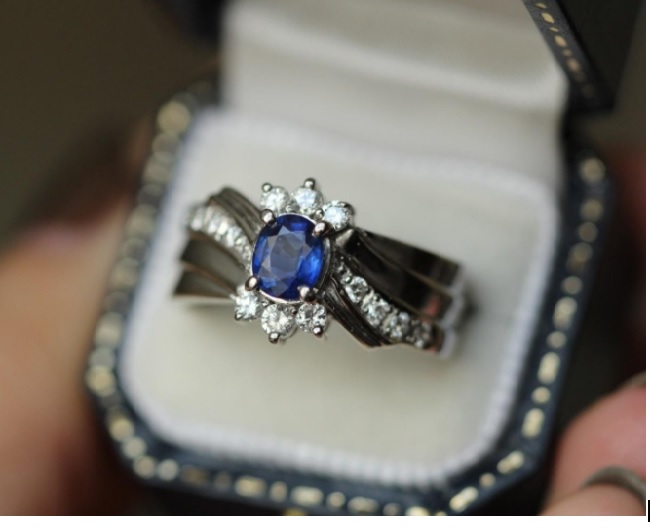 Known for its blinding blue beauty, the sapphire stone is considered an emblem of elegance worldwide. People love to own and flaunt this mesmerizing blue goodness that lights up every piece of jewelry it’s added to. But despite being so popular, there’s a lot about sapphires that remains unknown. People only regard the sapphire stone as the brilliant blue gem that reflects light and shines every which way, but there’s so much more to it than just the enthralling hue beauty that allures gem lovers everywhere.
Known for its blinding blue beauty, the sapphire stone is considered an emblem of elegance worldwide. People love to own and flaunt this mesmerizing blue goodness that lights up every piece of jewelry it’s added to. But despite being so popular, there’s a lot about sapphires that remains unknown. People only regard the sapphire stone as the brilliant blue gem that reflects light and shines every which way, but there’s so much more to it than just the enthralling hue beauty that allures gem lovers everywhere.